A coalition of 10 groups from across the nation, including Indiana, plans to sue the U.S. Environmental Protection Agency to update three-decade-old regulations on industrial flare emissions.
Industrial flares are used to burn off organic pollutants in waste gases like butane and in natural gas emitted by facilities all around Indiana and other parts of the U.S. But not all of the pollutants burn up during flaring, resulting in the emission of greenhouse gases like methane and carbon dioxide, as well as carcinogens like volatile organic compounds and hazardous air pollutants.
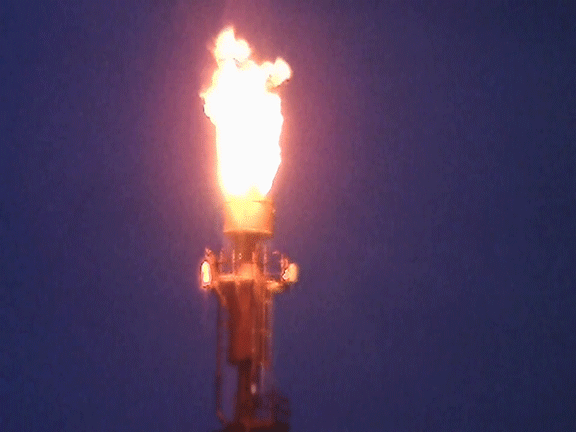
Indiana has some of the worst air pollution in the U.S., ranking 43rd in the nation for air quality and 40th in health outcomes.
The Hoosier Environmental Council and nine other groups from various states served the EPA with a notice that it would sue the agency over its failure to update the “General Flare Requirements” for decades, a violation of the Clean Air Act.
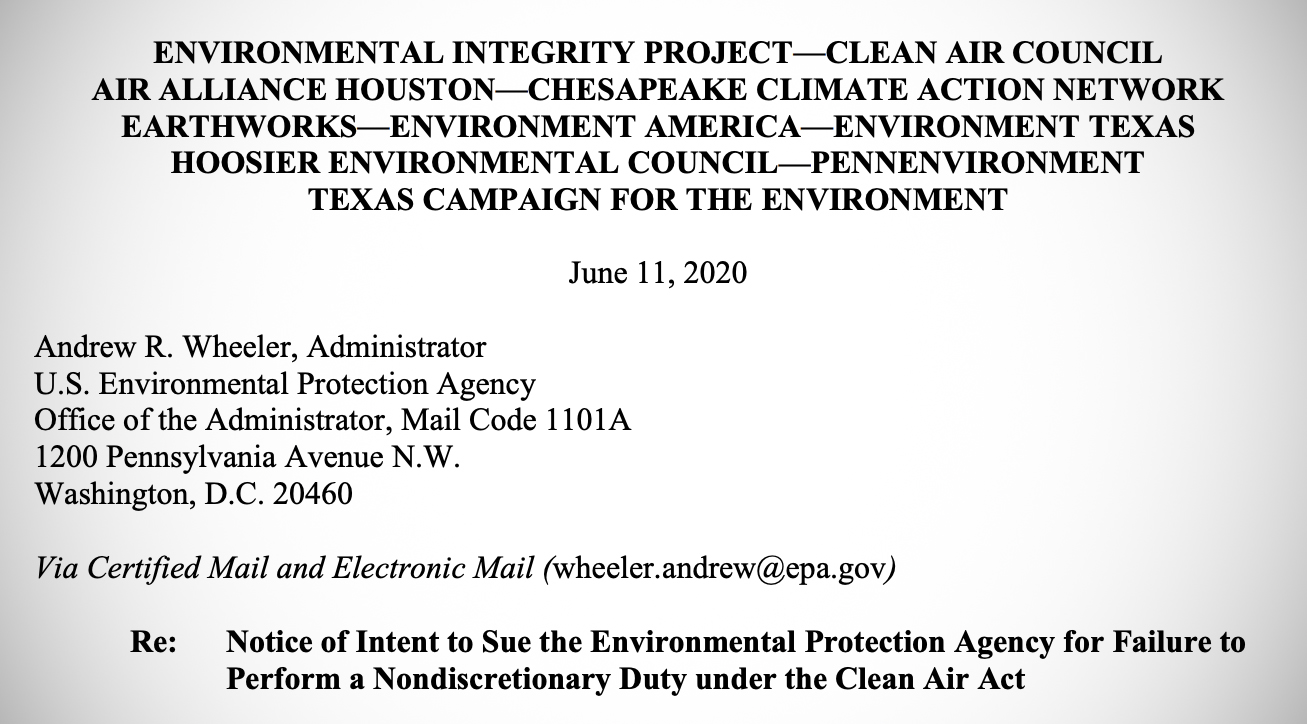
The coalition said the general control device requirements for flares in the Clean Air Act’s New Source Performance Standards have not been reviewed since their introduction in 1986. That is a violation of the law, which mandates a review of those and other standards every eight years.
“The goal is to have the EPA commit to revisiting the General Flare Standards and agreeing to modernize them to reflect the very latest science,” said Hoosier Environmental Council executive director Jesse Kharbanda. “If we’re going by flare standards that were written literally decades ago, then we are potentially allowing a whole variety of industries that are largely in the fossil fuel sector to be emitting more pollutants into the air, more volatile organic compounds, more hazardous air pollutants like benzene, into the environment, which needlessly hurts people.”
Breathing in a small amount of benzene can cause convulsions, rapid heart rate and unconsciousness. Long-term exposure can disrupt blood cell production, harm the immune system and even cause acute myeloid leukemia, a type of cancer that affects the bone marrow.
Benzene is one of many harmful chemicals known as volatile organic compounds and hazardous air pollutants that are emitted during industrial flaring throughout the state.
Kharbanda said facilities with industrial flares are located in nearly every region in Indiana.
“This issue sounds really technical, and it sounds obscure at some level when you look at it. But the thing is, it really matters that we get this right, because when flares operate inefficiently, they can emit five times more pollution than flares that operate efficiently,” he said.
Modernizing flare regulations would help improve the air quality for Hoosiers living near polluters around the state.
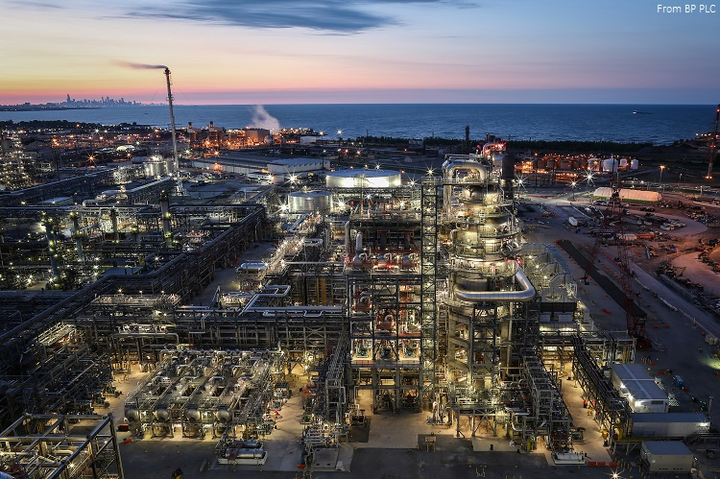
In Lake County, people living near the BP Whiting Refinery have had to experience degraded air quality for about 130 years due to flare and other emissions.
The state of Indiana, Ohio and the state of Washington’s Northwest Air Pollution Authority sued BP Exploration & Oil Co., Amoco Oil Co. and Atlantic Richfield Co. in 2000, alleging that the companies violated several parts of the Clean Air Act, including unnecessarily flaring hydrogen sulfide-rich gases and other gases instead of directing them to a recovery facility.
The companies entered into an agreement with the federal government, agreeing to install pollution reduction controls and devices at the Whiting Refinery and several other facilities across the U.S.
BP also agreed to draw up a plan for each refinery to reduce the number, duration and quantity of pollutants emitted through hydrocarbon flaring by 2003.The agreement called for automated controls and standards to achieve 98% combustion efficiency of waste gas burned in each flaring device.
The company then applied for and received a permit in 2008 to update the Whiting Refinery to accept Canadian extra heavy crude oil, which requires more energy and water to refine and contains more sulfur, heavy metals and other toxic contaminants than lighter crude oil.
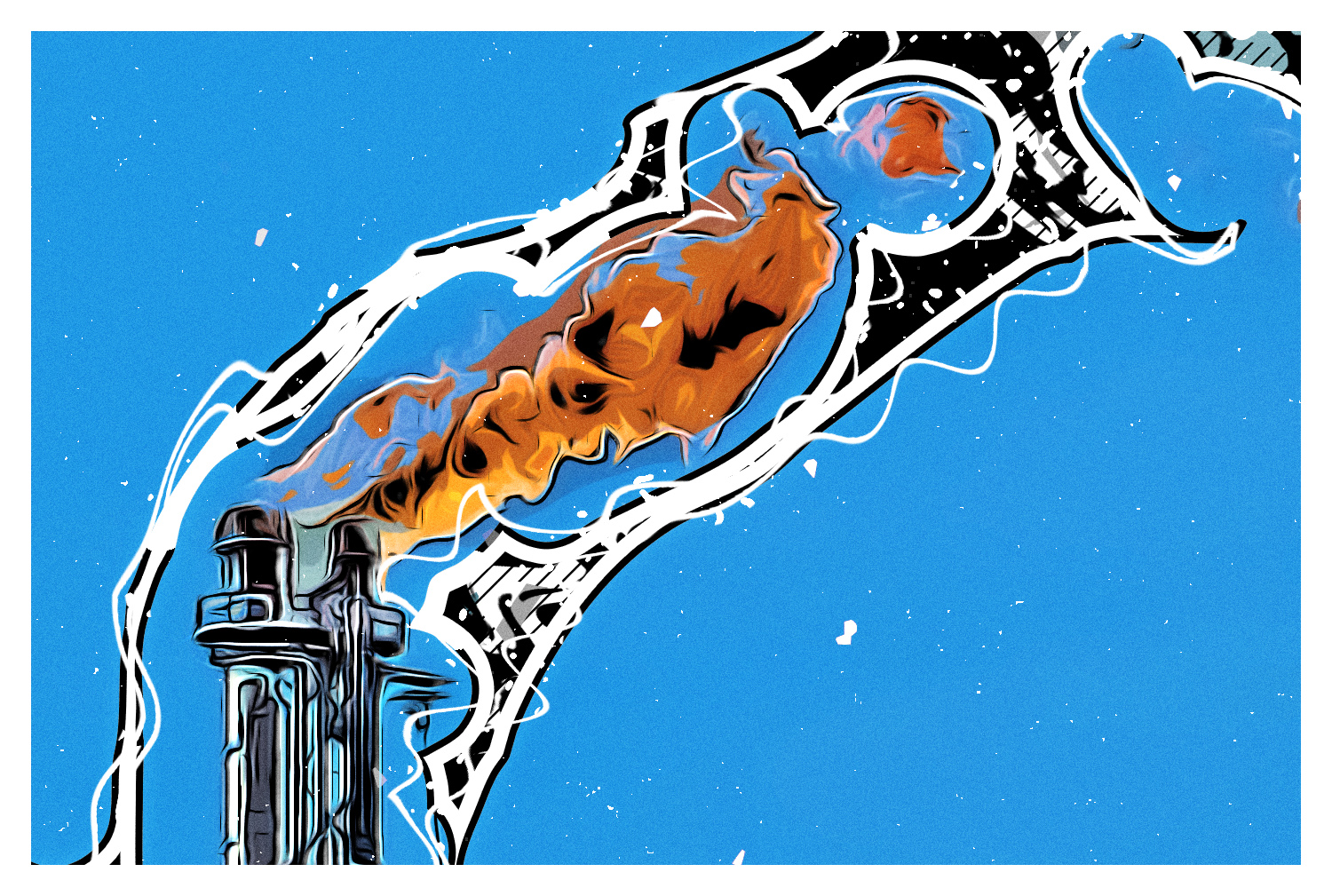
Several environmental groups, including the Hoosier Environmental Council, petitioned the EPA to review the permit, saying BP failed to take into account emissions from flares and other sources.
The EPA agreed, and the Indiana Department of Environmental Management rewrote the permit to reflect the additional sources of emissions.
Continued violations of EPA regulations and the consent decree at the Whiting Refinery forced the states and companies to enter into a separate consent decree in 2012 that focused solely on the Whiting Refinery.
The company agreed to pay a civil penalty of $7.2 million to the U.S. and $800,000 to the state of Indiana, as well as $400 million in pollution controls, including new flare gas recovery systems to reduce emissions produced by flares.
“We try not to flare. Besides the environmental impact, I tell people that’s $50 a barrel crude burning in that flame,” Whiting Refinery manager Don Porter told The Times of Northwest Indiana in 2016. “It’s pretty expensive. It’s also part of being a good neighbor and a good community member.”
Despite that assurance and the pursuit of new flare controls, the Whiting Refinery continued to face flaring issues.
In June 2019, people living across the street from the refinery reported massive flaring that lasted through the night.
“The flare was large and noisy. If you’ve ever heard a Bunsen burner, it was that multiplied by 10,000. It was the roar of pressurized gas escaping,” a resident reported.
The company said the flaring was due to a “minor operational upset.”
Flaring and other harmful emissions from the Whiting Refinery have made an impact on the health of people living near the facility, and that trend can be seen all throughout the country.
“We have made great strides in improving air quality in the United States since the Clean Air Act passed in the early 1970s, but the thing is that there are certain types of sources of air pollution that are still not adequately controlled,” said Kharbanda. “We’ve become more sensitized as a society to the reality that poor communities, both urban and rural, can really bear a disproportionate burden of air pollution.”
About 52,000 people live within 3 miles of the Whiting Refinery. About 75% of those residents are minorities, and more than half of those residents are below the poverty level.
For decades, those residents have been exposed to the hundreds of thousands of pounds worth of toxic chemicals emitted into the air every year through flaring and other sources. Emissions amounts have reduced in the last 10 years, but in 2018 the refinery still reported emitting 425,777 pounds of toxics.
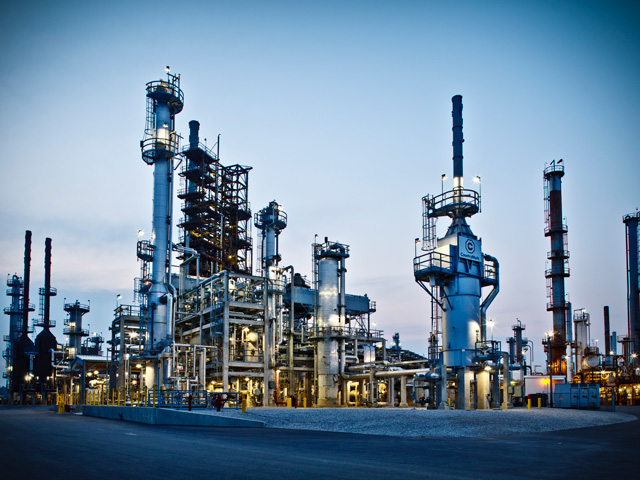
Indiana’s other refinery, the smaller Countrymark Cooperative, is located in Mount Vernon, a rural part of southwestern Indiana. About a quarter of the 7,775 people living within 3 miles of the facility live below the poverty level.
The refinery has about 6% of the Whiting Refinery’s production capability and emits about 18% the amount of toxic chemicals. In 2017 the Countrymark Refinery emitted 48,206 pounds of toxics. The following year the number of toxics emitted skyrocketed to 78,415 pounds.
Kharbanda said reviewing and updating flare standards would help those residents breathe cleaner air, but is concerned environmental regulation rollbacks may make that goal difficult to achieve.
“We’re very concerned. I think there’s been a very aggressive effort to dismantle public health safeguards in this country. It’s alarming,” said Kharbanda. “I think that there’s two major ironies in this. One, is that Trump has said that he wants to see America have the cleanest possible air and water in the world. He’s made that very clear in his speeches. And, number two, he’s talked about being a champion of the ‘forgotten American,’ and, frankly, the people who will suffer from this air pollution are precisely forgotten Americans.”
The EPA will have until early August to review the General Flare Requirements or face a lawsuit in the U.S. District Court for the District of Columbia.